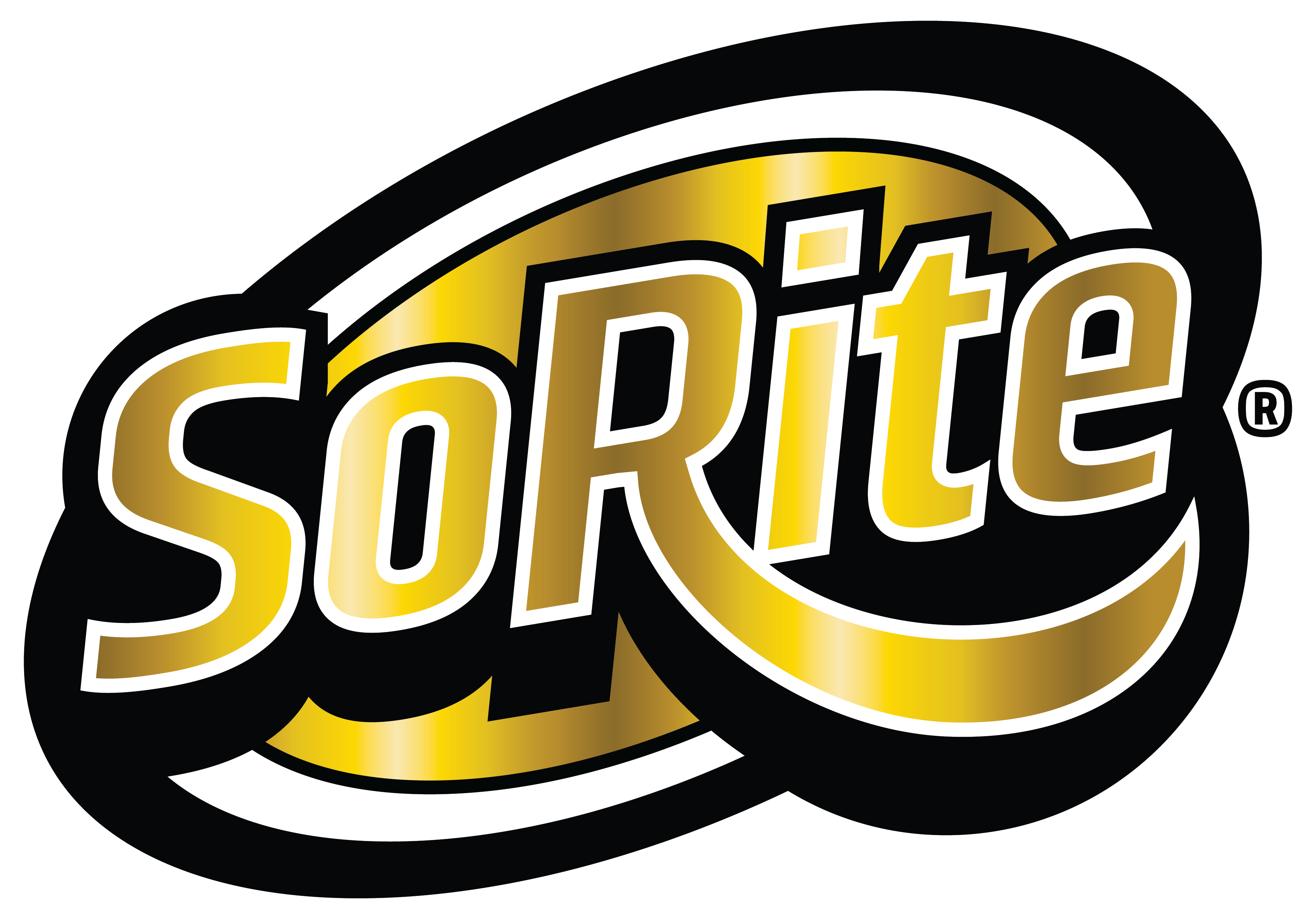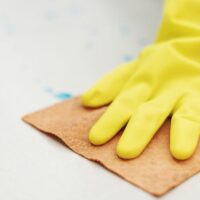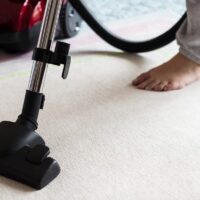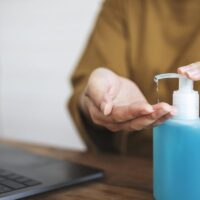 by Dana Ryan, Certified Clinically Clean® Specialist
by Dana Ryan, Certified Clinically Clean® Specialist
Learn how to clean! Fox News broke a story last week that “amid coronavirus, more than a third of US adults are using cleaning products incorrectly.” The story cited a recent study commissioned by the Centers for Disease Control and Prevention (CDC) and claimed “these practices pose a risk of severe tissue damage and corrosive injury and should be strictly avoided.”
The survey was conducted in May 2020. There were 502 respondents and questions ranged from what respondents knew about adequate ventilation when using cleaners to keeping household cleaners out of the reach of children and the don’ts of mixing cleaners with other household ingredients, among other topics. When asked “Have you ever heard that bleach should not be mixed with vinegar, less than 40% of the respondents answered that yes they had heard this. To be clear, mixing bleach and vinegar creates a potentially lethal chlorine gas.
MORE ON MIXING CHEMICALS
Fortunately more of the respondents had heard that bleach should not be mixed with ammonia, but still more than 30% of the respondents had not. When bleach is mixed with ammonia, toxic gases called chloramines are produced. Exposure can cause coughing, nausea, shortness of breath, watery eyes, chest pain, irritation to the throat, nose and eyes, wheezing and pneumonia and fluid in the lungs.
While we’re on the subject of mixing, when making a dilute bleach solution, only use room temperature water. Less than 25% of the respondents knew this. The reason is that hot water decomposes the active ingredient of bleach and renders it ineffective.
Also, do not mix bleach with rubbing alcohol. And, do not mix vinegar with hydrogen peroxide (this makes peracetic acid).
OTHER UNSAFE PRACTICES
Sixty percent of respondents said they cleaned their home more frequently in light of the pandemic, but according to their answers they are doing so in unsafe ways.
- 19% used bleach on food such as fruit or vegetables
- 18% reported using household cleaning products on their skin
- 10% reported misting their body with a cleaning or disinfectant spray
- 6% reported inhaling vapors from cleaning or disinfectant products
- 4% said they drank or gargled with diluted bleach, soapy water, or other cleaning or disinfectant solutions
None of the above should ever be practiced and each poses a risk of severe tissue damage and corrosive injury.
HAND SANITIZER WARNING
Another alarming statistic is that less than 40% of respondents knew that hand sanitizer should be kept away from children. In March, 2020 there were 79% more calls to the National Poison Data System related to hand sanitizer than the year before. Many calls were about children ages 5 years and younger. Swallowing just a tiny amount of hand sanitizer can cause alcohol poisoning in children. If you suspect your child has ingested hand sanitizer call 911.
The easiest way to clean the right way is to read the label on your cleaning product and follow the instructions. The label will indicate whether or not you need adequate ventilation or protective articles such as gloves or goggles, and when to keep the cleaner out of a child’s reach.
For more information contact us.
If you’d like more tips of the week, please Subscribe!





